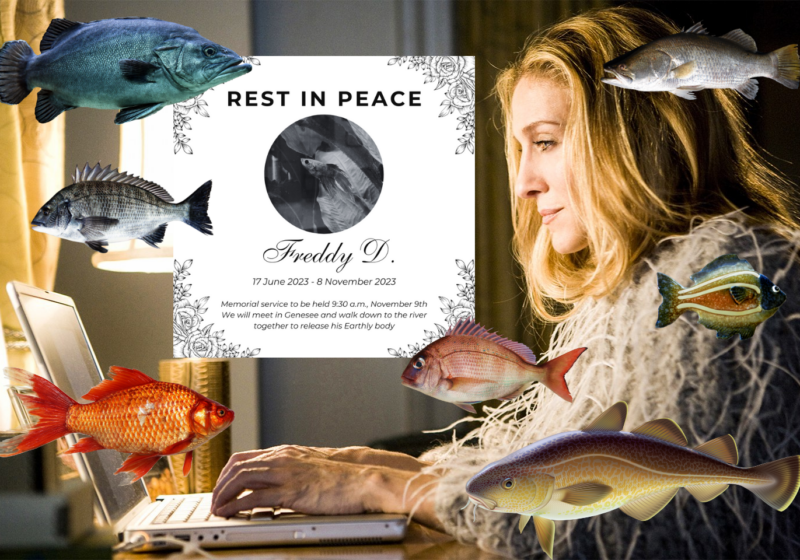Last December, we asked SA President Vito Martino and Vice President Lance Floto where they’d been after failing to live up to the expectations they’d set for themselves during last spring’s election.
Their response, a student body–wide email apology and a rush to publish backlogged SA documents, gave us new hope for their commitment to both action and transparency, as did resolutions passed by the SA Senate focused on accountability.
But since then, both our executive and legislative branches have disappointed.
Our executives’ public presence since their election appears to have amounted to a few hastily cobbled-together emails each month. Even members of SA seem concerned about the distance between them and the daily operations of student government. There’s not much more to say, because there’s so little to draw from—you can’t evaluate what hasn’t been done.
Has any progress been made in translating our Student Code of Conduct into Spanish, Chinese or Arabic, the first languages of a significant portion of our student body? Is anyone doing anything to address the increasingly difficult, expensive process of student parking? And besides internal discussions, will we hear anything from this body on working toward tuition transparency?
Maybe we’d know if Senate had posted any of its meeting minutes since Jan. 30.
This egregious failure to do perhaps their most basic job shows us just how little interest our leaders have in letting the average student into their clique.
It seems we were spoiled last semester when, after dropping the ball on posting the meeting minutes, Martino and Floto got to work getting them out. They, at least, recognized their wrong and corrected it in December; Senate, which now manages the minute-posting, has done practically nothing.
And even if Senate had posted the minutes, you’d think it had done next to nothing in general, too.
If you take the Senate Legislation Google Drive as comprehensive, this year’s bunch hasn’t produced much of anything. This year’s Senate has passed a combined seven bills, resolutions, and statements, according to the Drive, and the most recently uploaded testament to Senate’s existence was signed on Nov. 28.
Though we know this is an incomplete record, it speaks volumes that not only can students not get accurate information about legislation from Senate’s own log, but what information they can find is a list long on proclamations and short on concrete actions.
During the 2015-2016 school year, Senate passed almost 40 combined bills, resolutions, and statements, even with their well-documented internal strife, according to that Google Drive.
At a meeting earlier this semester, Senator Joey Stephens lambasted his colleagues for this thumb-twiddling, and unfortunately, his self-awareness doesn’t seem to have rubbed off on the rest of the table.
That is especially concerning considering people who sat at that table are now running for executive office on platforms that endeavor to re-energize a lethargic SA, one they helped create, and make it more transparent. What have they been doing for the last year?
Rather than recognize their own failures, the Senate has continued to conjure the boogeyman of the hopelessly broken, inhibiting system. The same system that, last year, seemed to work well, if imperfectly.
The solution to this culminated in what is perhaps most emblematic of this year’s SA: the aborted constitution rewrite. Planned in back rooms and then reluctantly publicized, it dominated already-limited Senate time for weeks, and wouldn’t you know, it’s been tabled until the fall.
If this year’s SA leaders are remembered for anything, it’ll be for their inability to show students why they were elected in the first place.
Our next slew of elected officials, in the Senate and in the executive branch, would do well to take a cue from the SA Appropriation Committee, a body that’s done more than talk a big game about transparency: outside of its attendance record, everything else—minutes, voting tallies, decisions—is up to date.
On to the debates.



